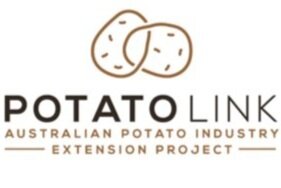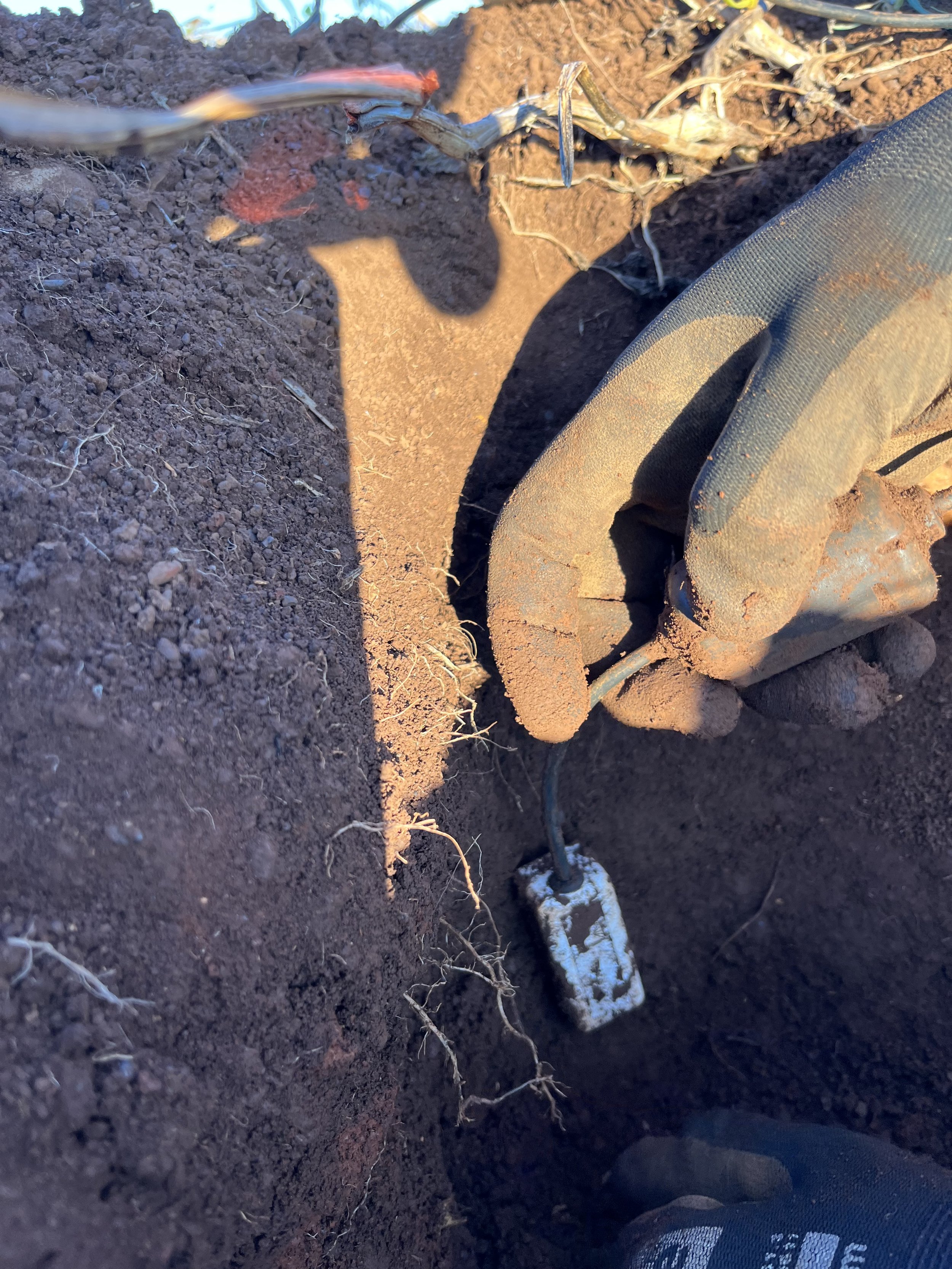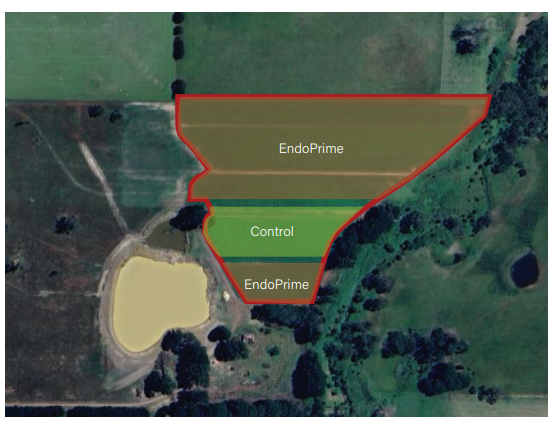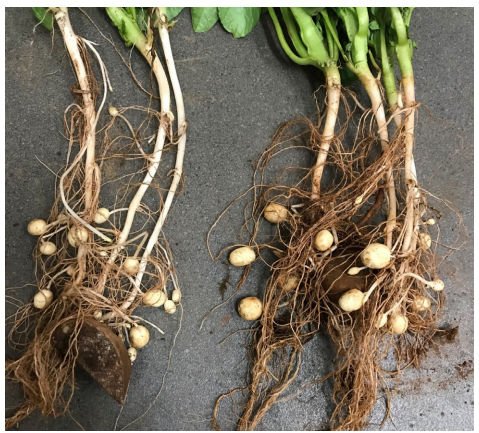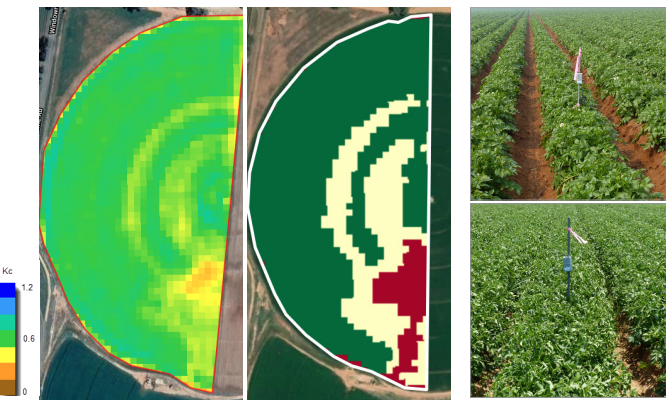Improving Soil Health with Andrew Tempra
Andrew Tempra from Tempra Bros Pty Ltd, a grower from Manjimup, Western Australia, cultivates 35 hectares of potatoes annually, evenly split between fresh market supply and processing for French fries through WA Chip.
In Issue 15 of PotatoLink magazine, we caught up with Andrew to discuss his practices for improving soil health and potato quality on his farm.
Nutrient Use Efficiencies at the Springbank Demonstration Site
The rising cost of inputs has growers searching for ways to enhance nutrient use efficiency and understand its impact on pack-out and yield. A previous trial at the PotatoLink demonstration site in Springbank (Victoria) explored how farm practices impact the effectiveness of biologicals, including fungicide application, soil nutrient availability, and fertiliser use. The positive results from that trial, including improvements in tuber size, quantity, and specific gravity, shaped the objectives for this new trial.
101: Managing irrigation
Growing crops in Australia is not for the faint-hearted, especially when it comes to managing water. The challenge lies in the fact that we often have either too little or too much water, and not always at the right time. Farmers cannot rely on gentle, frequent rain to replenish soil water levels; managing water for crops needs deliberate and considered intervention. Read the full article in Issue 13 of PotatoLink Magazine.
Can you shock a seed?
Handling and storing seed correctly is essential to maximise returns on this valuable investment, and avoiding condensation during cooling is critical to minimise the risk of storage diseases. To achieve this, seed potatoes are usually cooled very slowly, dropping only 2oC weekly. In this PotatoLink trial, we tested the effects of three cooling rates. Read the full article in Issue 13 of PotatoLink magazine.
Moisture monitoring – A PotatoLink demonstration
Beyond providing soil moisture data at a given time and soil depth, can soil moisture probes help in making future irrigation decisions? The potential of moisture probes to serve a dual role was the subject of a PotatoLink demonstration trial are discussed in this PotatoLink magazine article.
PotatoLink demonstration: Using biologicals in a commercial farm setting
A recent PotatoLink demonstration trial at Springbank, Vic, investigated the impact of farm practices on the effectiveness of biologicals, including the application of fungicides, the influence of soil nutrient availability, and fertiliser applications. In Issue 10 of PotatoLink magazine you will find all the details of the trial as well as the results.
Impact of seed spacing on potato yield and size
Potato growers know that seed is an expensive input not to be wasted. And inefficient planting and spacing, including skips and doubles, can be costly.
Optimising seed spacing provides a real opportunity to minimise inputs while maximising yield. To evaluate the economic impact of poor planter performance, PotatoLink conducted a demonstration on the impact of seed spacing on potato yield and size.
Mycorrhizal fungi at the Bolwarrah Victorian demonstration site
This case study covers the mycorrhizal fungi trials hosted at the Bolwarrah, VIC demonstration site. It covers what the trial was, what happened, and some tips on getting the most out of your mycorrhizal fungi products.
Potassium, specific gravity and getting the balance right
Potato plants take up large quantities of potassium with peak daily uptake reaching over 4 kg/ha/day. Supplying potassium is most important during stolon and tuber initiation, although maximum uptake occurs during tuber bulking. This PotatoLink magazine article includes information on supplying potassium to crops and how potassium has helped Canowindra, NSW potatoes.
Magnesium - the forgotten element?
Magnesium (Mg) is essential to plants. It is strongly involved in photosynthesis and transporting carbohydrates from leaves to roots, which is particularly important for tuber development. Yet, it may be overlooked within fertiliser programs focused on N, P and K. Read about the Mg mini trial in this PotatoLink magazine article.
Improving phosphorus uptake efficiency of potatoes
This Soil Wealth & Integrated Crop Protection case study examines the role of phosphorus availability and uptake in a potato crop throughout the growing season. It shares the results of a trial in north-west Tasmania of a new liquid phosphorus fertiliser applied to processing potatoes in P-fixing soils.
Irrigation scheduling with IrriSAT
IrriSAT, is a free satellite-based irrigation scheduling app. It combines satellite images with weather data to estimate crop water use. Learn how it works and what you can use it for.
Irrigation monitoring in potatoes (part 2) - Practical use of satellite information
This NSW case study has shown that IrriSAT satellite images, used to monitor irrigation, can also help potato growers identify soil and irrigation problems across the pivot. Fixing the problems identified in this case study would have increased yield and revenue by between $7,600 and $10,800 under this half pivot.
Irrigation monitoring in potatoes (part 1) - Practical use of IrriSAT and soil moisture sensors
This case study explains how the irrigation tool, IrriSAT, combined with soil moisture monitoring, provided important information to the grower about crop water requirements and actual soil moisture levels. This enabled him to manage his crop irrigation to maximise yield and quality.
What is Compost Worth? Using Compost in Australian Vegetable Systems
This case study outlines the economic considerations when using compost in vegetable production systems. It is based on lessons learned from several Soil Wealth and Integrated Crop Protection (ICP) demonstration sites, during the period 2014 to 2016.
What is a cover crop worth?
Have you been thinking about implementing cover crops on your property? Would you like to know more about how they can interact with your farm’s natural systems? What they cost? what benefits they can create? Read this Soil Wealth Integrated Crop Protection factsheet that goes into the economics of cover crops and what they can do for you.
Soil and plant health benefits from using compost: A long-term case study on Baldivis Farms
This case study provides a unique long-term grower perspective on using compost on a commercial vegetable farm. Learn more from Sam Calameri of Baldivis Farms in Western Australia who started trialing compost on-farm more than 10 years ago.
